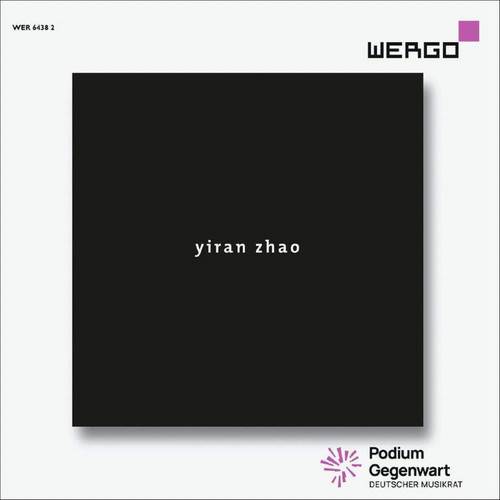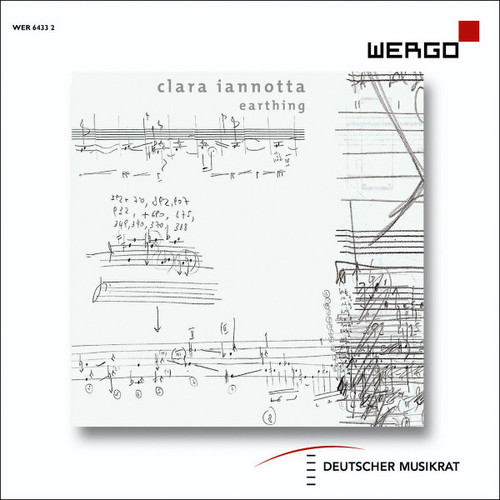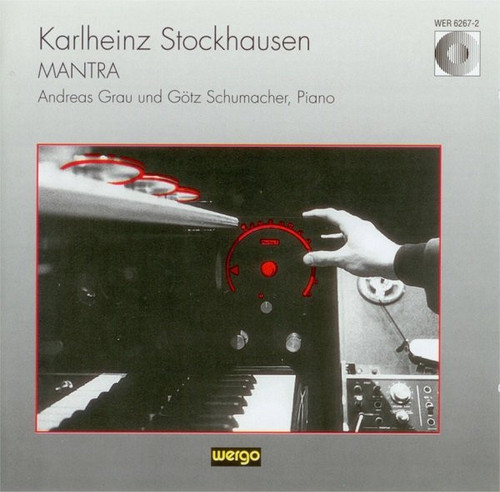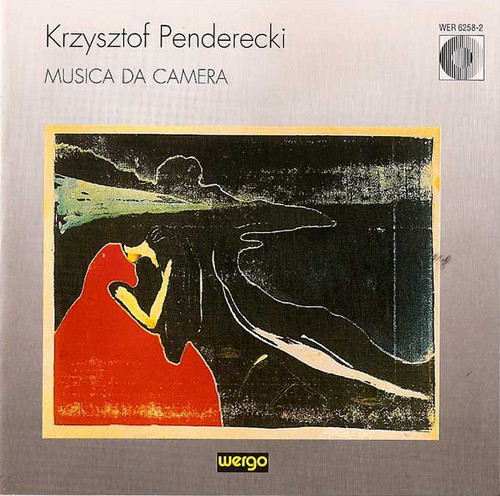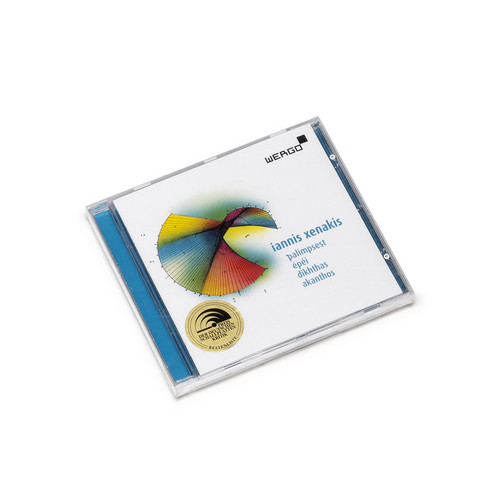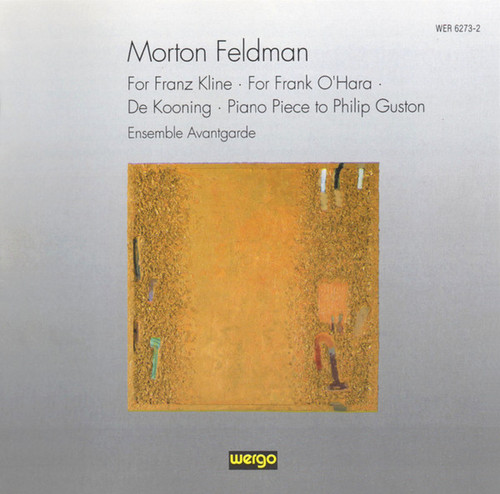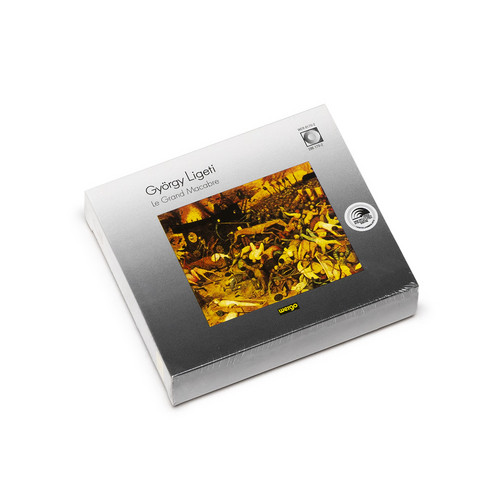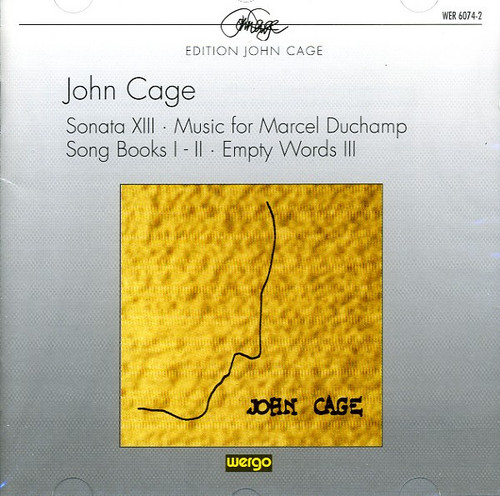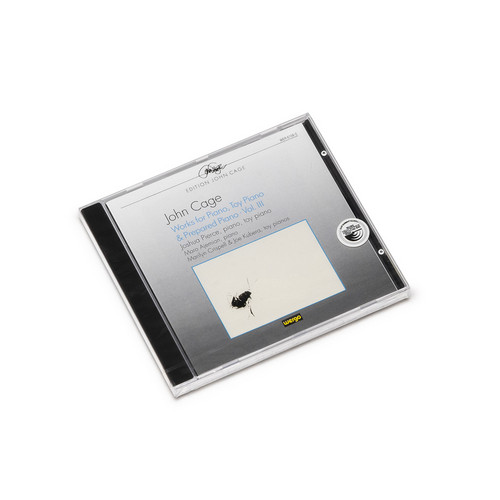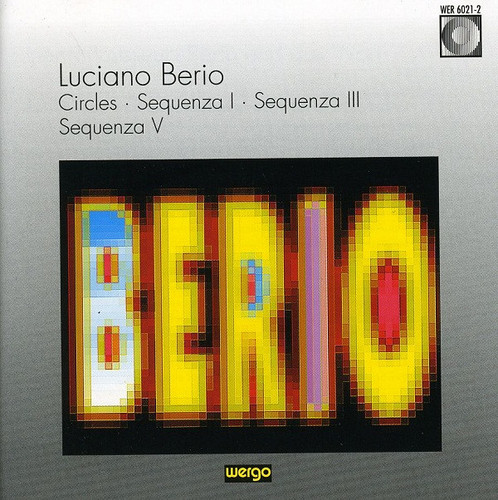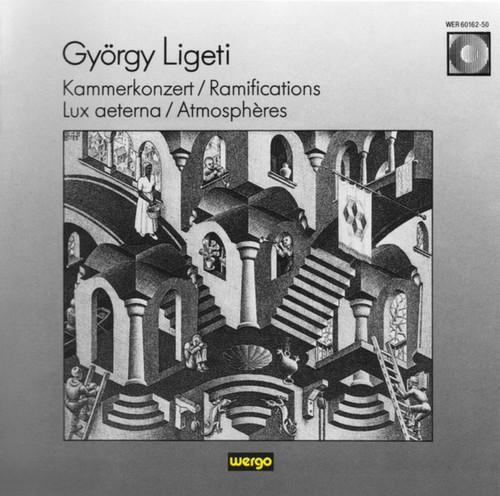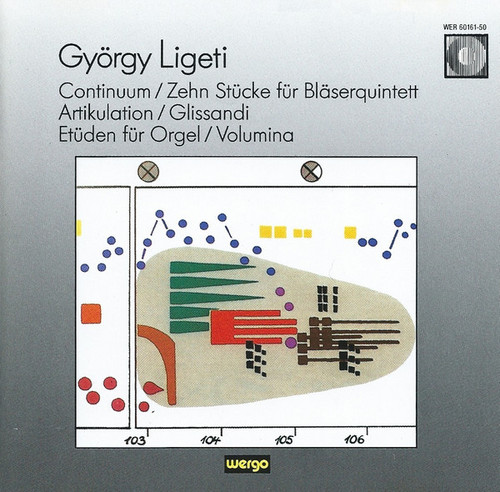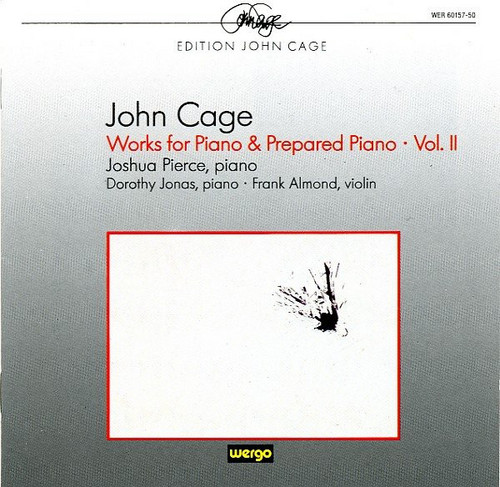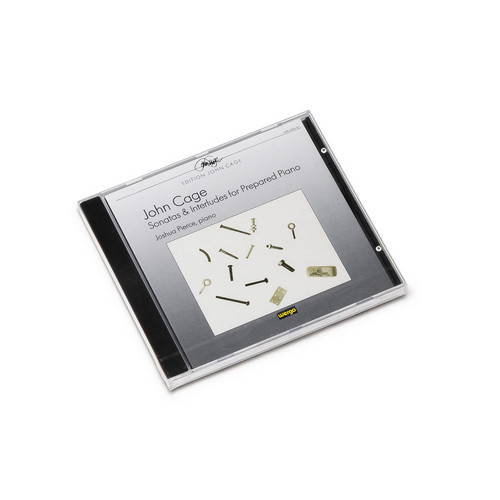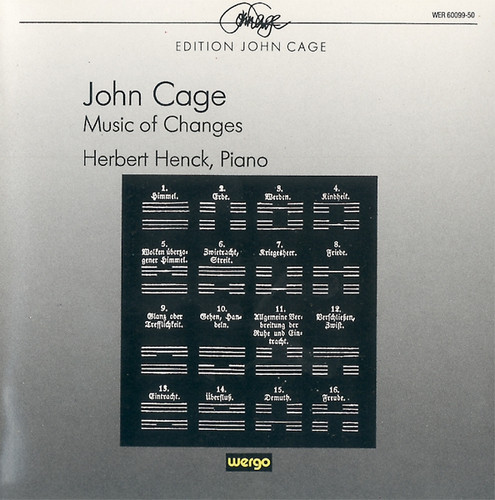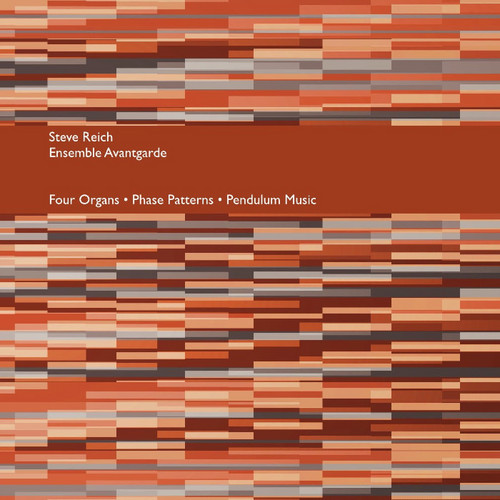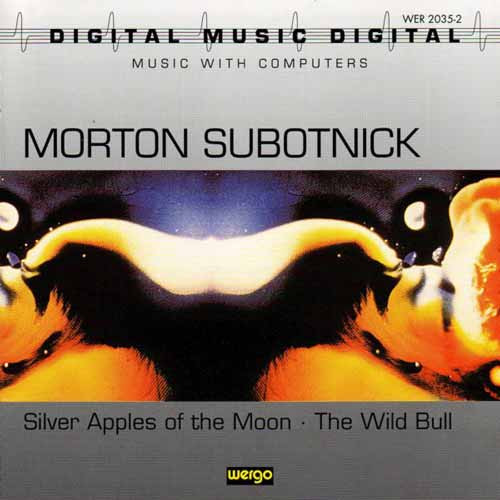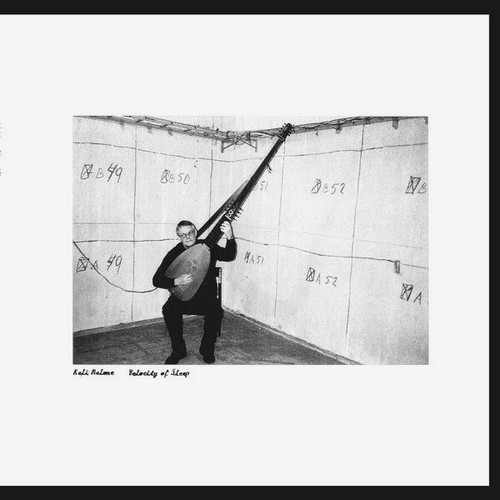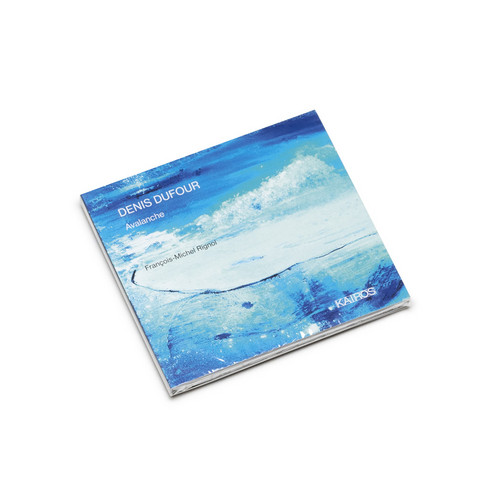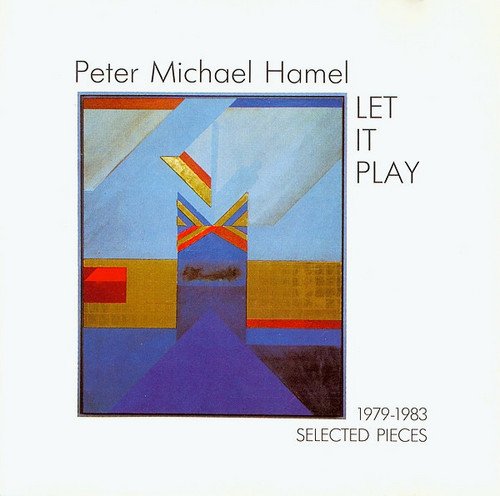s/t
Yiran Zhao makes use not only of musical elements but also of objects, bodies, movements and light-sources as compositional material. Many of her pieces inhabit the various boundary states between instrumental music, performance, sound-installation, and video-art. Leonie Reineke describes the composer in the CD-booklet as a “prudent researcher“, who encounters the sonic cosmos of her environment with great earnestness, and comes microscopically close to things.
In the composition “Piep“ she focu…
Earthing
"String quartet” seems a rather reductive way of describing any of the four utterly compelling works by Clara Iannotta that the Jack Quartet play here. For as well as demanding that the string players employ every conventional technique, the Italian composer extends their sound world farther, both with electronics and with “found objects” applied to the strings and bodies of the instruments.
The four pieces all date from the last seven years. The earliest, A Failed Entertainment, borrows the wor…
Mantra
*2022 stock* 'Composed in 1970, Mantra, for two pianos and ring modulation, was one of the decisive turning points in Karlheinz Stockhausen’s career. The 70-minute piece not only signalled a break with the text-based intuitive works, relying heavily on improvisation, that had come to dominate his output towards the end of the previous decade and a return to fully notated scores, but also introduced the idea of melodic formulae, the “mantra” of the title, which Stockhausen would eventually develo…
Musica Da Camera
*2022 stock* The Polish composer Krzysztof Penderecki used to write chamber music even as a student in Krakow. He was writing the chamber music works for himself, then already an accomplished violinist, and his fellow students (The title "Sonata for Violin and Piano" from 1953 has only recently been published.). A specialty of these early works are Penderecki's inventions with which he altered the sound of the stringed instruments, indeed almost to the point of being completely unrecognizable. W…
Palimpsest | Épéi | Dikhthas | Akanthos
*2022 stock* 'This collection of ensemble works, six altogether, ranges across the last two decades of Iannis Xenakis's life. It includes the last two pieces he composed, Zythos, for trombone and six marimbas, and O-Mega, for percussion and ensemble, both written in 1997, four years before his death. They are striking, small-scale examples of the bareness and drastic compression of his late style, but the finest music here is a bit earlier. In Échange, from 1989, a bass clarinet painstakingly un…
For Franz Kline · For Frank O'Hara · De Kooning · Piano Piece To Philip Guston
*2022 stock* Wergo presents Moton Feldman's compositions For Franz Kline · For Frank O'Hara · De Kooning · Piano Piece To Philip Guston. Performed by Ensemble Avantgarde.
Le Grand Macabre
György Ligeti’s polymorphous music, a product of the 1960s, promises no familiar idiom even today. Ligeti himself described the bizarre and exaggerated music of Le Grand Macabre to be “far removed from the territory of Wagner, Strauss and Berg.”A sense of the absurd, the unpredictable, the totally irrational, not unlike the Dadaists who made their debut in Zurich back in 1916. Le Grand Macabre is often cited as a quintessential work of a Neo-Dada genre, one as bombastic as it is exuberant.
Sonata XIII / Music For Marcel Duchamp / Song Books I-II / Empty Words III
*2022 stock* The first works of Cage are experimental and related to the future. "The Future of Music" - a Credo" is the title of his first manifesto, and this future bears the name "all-sound music".
Works For Piano, Toy Piano & Prepared Piano · Vol. III
*2022 stock* It may come as a surprise but one of the leading creators of keyboard music in the twentieth century is a composer by the name of John Cage. Cage’s reputation is so deeply associated with the avantgarde, with chance music, graphic notation, performance art, technology and Zen Buddhism that is early, conventionally-notated music for percussion ensemble and keyboards is sometimes neglected. Or was until recently. In the last few years – with the advent of performances and recordings l…
Circles · Sequenza I · Sequenza III · Sequenza V
Wergo presents Luciano Berio's compositions Circles · Sequenza I · Sequenza III · Sequenza V.
Kammerkonzert / Ramifications / Lux Aeterna / Atmosphères
*2022 stock* These pieces (mostly recorded within a couple years of Ligeti writing them) are superb in that unsettling way of most of Ligeti's music. The "Kammerkonzert" is amazing - one of the best things I've heard of his. It's great to hear the harpsichord and Hammond organ in this context and unique in modern music. The uniqueness is really just Ligeti's style and the instruments don't matter so much, whether it's the giant orchestra used for "Atmospheres" or the choral effects in the most f…
Continuum / Zehn Stücke Für Bläserquintett / Artikulation / Glissandi / Etüden Für Orgel / Volumina
*2022 stock* This CD of works by the Hungarian composer György Ligeti represents an extremely interesting combination of several of his serene works for harpsichord, organ, and wind quintet with two electronic compositions from the late 1950s.
Works For Piano & Prepared Piano · Vol. II (1944-1958)
*2022 stock* This recording deals with works composed between 1944 and 1958, including several of Cage's lovely and masterful prepared piano pieces, which will come as a major surprise to those familiar only with his chance compositions. Joshua Pierce is the principal pianist (assisted by Dorothy Jonas on the Three Dances, written for two pianos) and attacks the pieces with a nice balance of delicacy and aggression, although compared to the earlier Angel recording of the abovementioned Three Dan…
Sonatas & Interludes For Prepared Piano
*2022 stock* Sonatas and Interludes for Prepared Piano, a cycle of 20 short pieces for prepared piano (a piano modified by inserting nuts and bolts and other objects between the piano strings in order to produce percussive and otherworldly sound effects) by American composer John Cage. Created in 1946–48 after the composer had been introduced to Indian visual and performing arts, the cycle was intended to represent the so-called permanent emotions—the heroic, the erotic, the wondrous, the comic,…
Music Of Changes
*2022 stock* It's over 70 years since John Cage wrote his pivotal Music of Changes, and it's beginning to show its age. It feels very much of its time, with its uncompromising adherence to the 64 hexagrams of I-Ching, the Chinese book of changes, determining the direction of the piece and its use of sudden, percussive attacks on the strings or the body of the instrument. But for all that there is no denying the extreme stamina and concentration required of the performer, and here Herbert Henck e…
Four Organs / Phase Patterns / Pendulum Music
Three early compositions (1968-1970) by Steve Reich, one of the most prolific exponents of minimal music, in stunning interpretations by the critically acclaimed Ensemble Avantgarde. Available on vinyl (180gr, gatefold sleeve incl. download code) for the first time ever!
Silver Apples of the Moon / The Wild Bull
Silver Apples of the Moon' is without a doubt the best known work from influential composer and electronic music pioneer Morton Subotnick. It was originally commissioned by Nonesuch records back in 1967, when electronic music was more of a series of ideas than a recognised art form, and since then it has achieved well deserved classic status, influencing so much that would come after it is impossible to conceive. Subotnick's instrument of choice was the Buchla modular synthesizer, a gigantic pat…
Velocity of Sleep (LP)
A somnambulant modern masterwork, Kali Malone’s 2017 debut full length album is made available again on vinyl some four years since its limited private press of just 100 copies.
Avalanche
*In process of stocking* In nineteen movements of varying lengths and moods, Denis Doufour’s monumental piano piece “Avalanche” invites us on a voyage across the infinite variation of the forms taken by snow, and the rich vocabulary established by the Innuits for it since their arrival on Greenland, the continent of ice. At work in this piece is a transposition, inspired by morphologies, of a certain kind of energy onto the relationships between the physical and musical realms. Thanks to his prac…
Let It Play (1979-1983 Selected Pieces)
*2022 stock.* This fine introduction to Hamel's varied style presents him in various moods from 1979 to 1983. Samples are taken from Transition, Colours of Time, Bardo, and a few previously unreleased selections.
